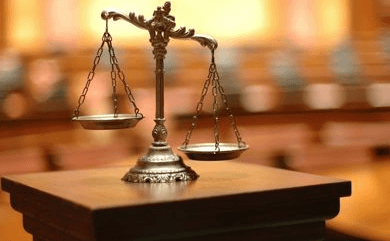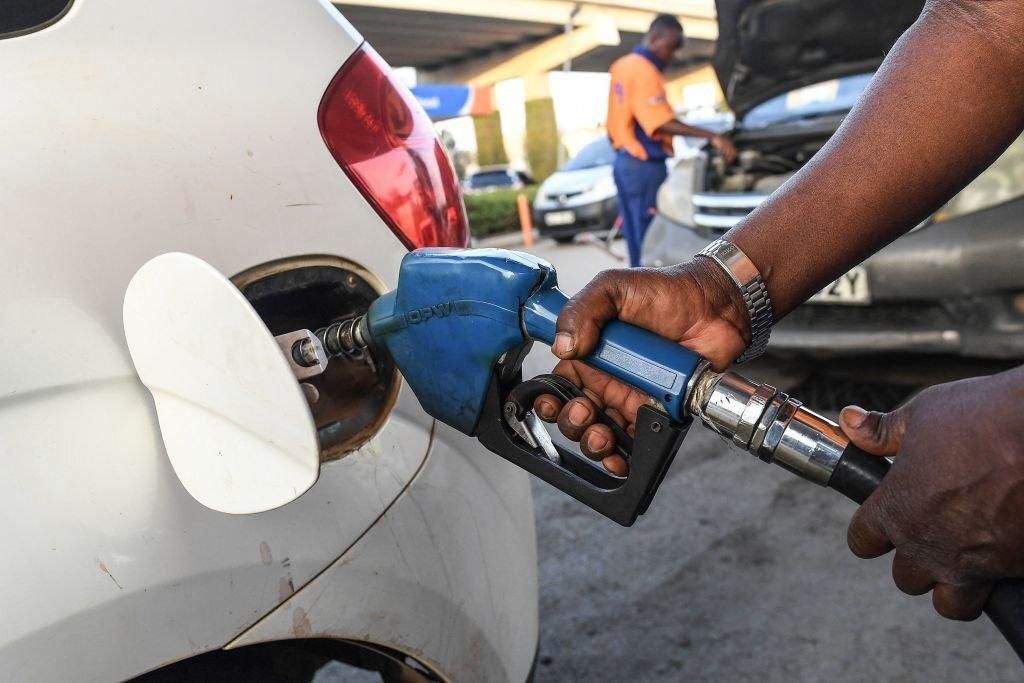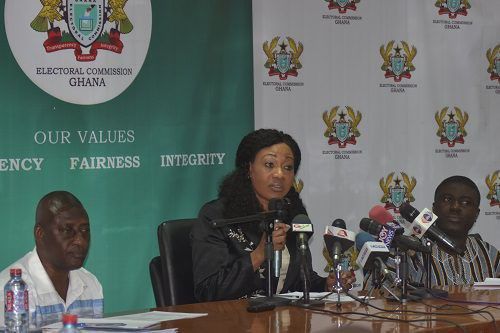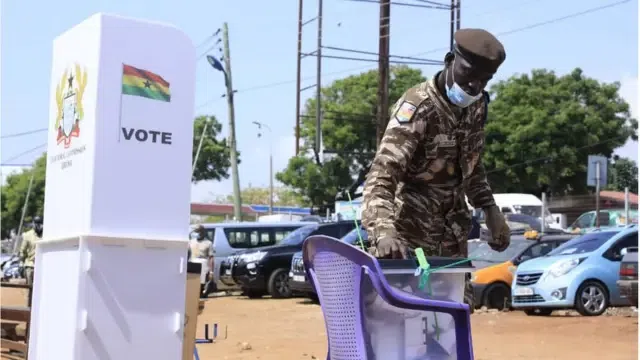
A heart attack, also known as a myocardial infarction, is a serious medical emergency that occurs when there is a lack of blood flow to a part of the heart muscle.
Recognizing the symptoms of a heart attack and taking immediate action is crucial.
Here are the first symptoms of a heart attack and what to do if you or someone else experiences them:
Common symptoms of a heart attack:
1. Chest Pain or Discomfort: The most common symptom is a feeling of pressure, fullness, squeezing, or pain in the center or left
side of the chest. The pain may last for several minutes or come and go.2.
Radiating pain: The pain can radiate to the arms (usually the left arm but can also affect the right arm), jaw, neck, back, or stomach.
3. Shortness of breath: You may experience difficulty breathing or a sensation of being unable to catch your breath.
4. Nausea or vomiting: Some people may feel nauseated or vomit during a heart attack.
5. Cold sweat: Profuse sweating, especially when it's not related to physical activity or a hot environment, can be a symptom.
6. Light-headedness or dizziness: You may feel light-headed, dizzy, or even faint.
If you suddenly feel these symptoms but have no access to instant health care these tips can help you give yourself or someone first aid while seeking help immediately.
- Chew aspirin: If you have aspirin available, chew one regular-strength (325 mg) aspirin. Aspirin can help to prevent further blood clotting and reduce the severity of the heart attack.
- Take in deep breaths: Taking slow, deep breaths can help manage stress and anxiety, which are common during a heart attack.
Deep breathing can help you stay calmer and potentially reduce the strain on your heart. However, it's important to understand that deep breathing alone will not resolve a heart attack.
3. Coughing: Some people suggest vigorous coughing as a way to increase blood flow to the heart temporarily. This involves taking a deep breath and coughing hard several times.
4. Stay calm and rest: Try to stay as calm as possible. Sit or lie down, and avoid any physical activity that could strain the heart.
5 Stay calm and rest: Try to stay as calm as possible. Sit or lie down, and avoid any physical activity that could strain the heart.
6 Call and wait for help: After you've sought for help, if you are alone, unlock the front door so that emergency responders can enter your home without delay.
Remember, every heart attack may present differently, and not everyone will experience all the symptoms listed above.
Additionally, women and older adults may have atypical symptoms. It's essential to recognize any unusual or severe discomfort in the chest or upper body and seek medical help promptly.
Early intervention can significantly improve the chances of survival and minimize the damage to the heart muscle.
Don't hesitate to call for help if you or someone you are with is experiencing symptoms that you suspect may be a heart attack.
However, this should not replace seeking immediate medical attention and should only be used if you're unable to get help right away.
Read Full Story



















Facebook
Twitter
Pinterest
Instagram
Google+
YouTube
LinkedIn
RSS